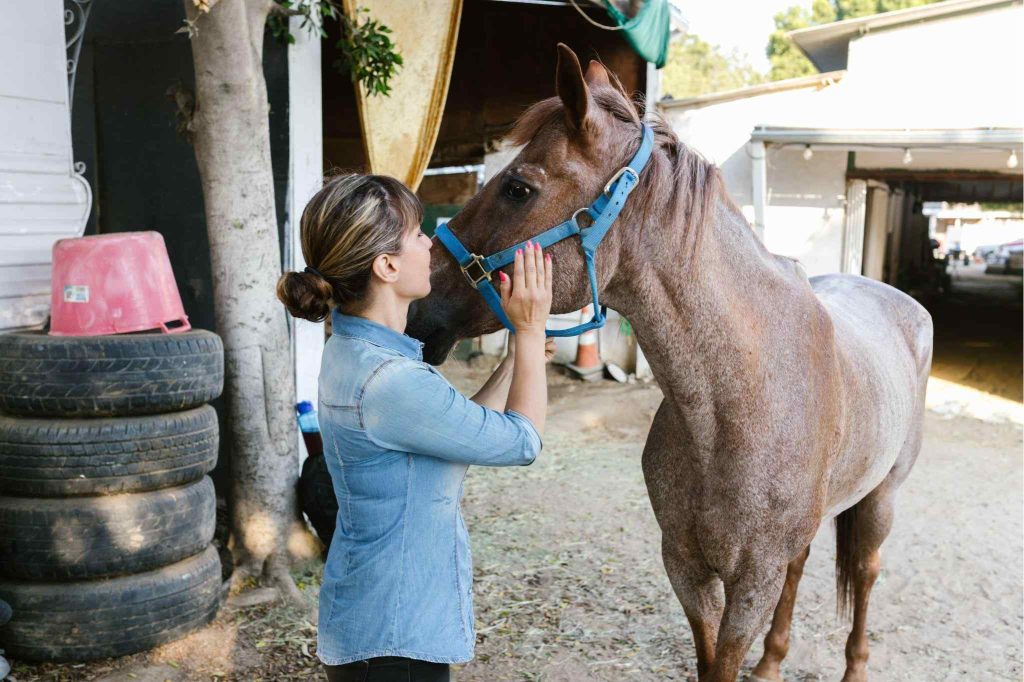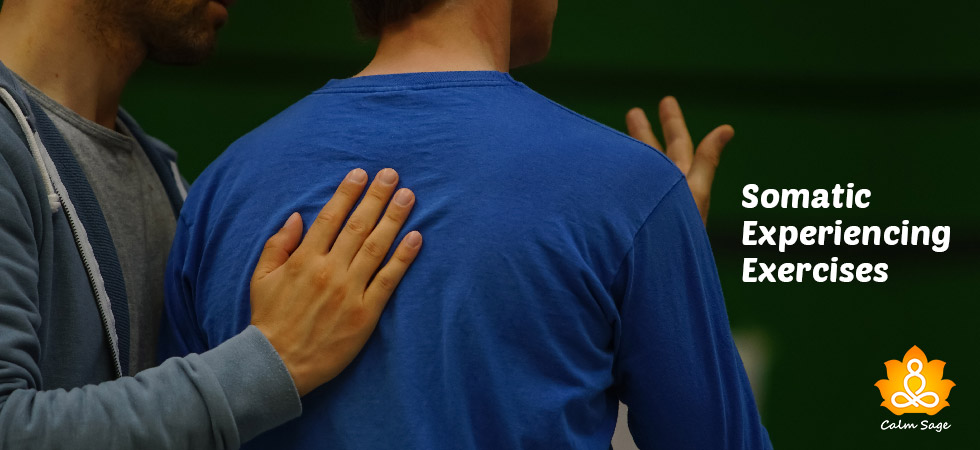Equine Therapy For Mental Health: Types, Benefits, & More!

We’ve talked about how pets can help reduce mental distress and improve our moods. Now, when we think about pet therapy, the pets that come to mind are often dogs or cats, but did you know that horses can also assist with therapy? When horses are used as therapy pets, the approach can be called Equine-assisted therapy or Equine therapy.
Horses, just like cats, dogs, and other pet animals can be therapeutic. And over the years, experts have weighed the benefits of animal-assisted interventions in treating mental health disorders such as depression, anxiety, ADHD, and even autism.
Animals can, surprisingly, offer emotional support, assist us in improving our moods, and can also give us the support we need when navigating challenging situations or coping with distress in therapy.
Below, let’s learn more about the benefits of equine therapy, its types, and what you need to know before getting started with equine-assisted therapy.
What Is Equine-Assisted Therapy?

Equine-assisted therapy or equine therapy (EAT) is a type of pet therapy or animal-assisted therapy where horses are used as therapy animals to help clients deal with physical and mental challenges.
Horses are somewhat similar to therapy dogs and as sensitive to non-verbal cues. They are always physically ready to respond to their environment. The surrounding environment can also dictate the horses’ behavior, which can influence the narrative of the therapy session. In equine therapy, the client, the horse, and the horse specialist work together on the treatment plans which include the equine.
For centuries, horses have been a part of our lives and even the ancient Greeks participated in equine therapy by giving horseback rides to people with certain illnesses. It’s been said that horse therapy can help treat gout, neurological disorders, and even low mood.
Who Can Equine Therapy Assist?
Equine therapy or EAT can help people of all ages, families, and groups. Equine-assisted therapy is mostly a form of complementary therapy, often used in tandem with traditional therapy. Of course, EAT brings a unique mix to traditional therapy. Under this therapy, you can get outdoors and process your challenges by learning to use all senses.
Equine therapy can work well with children and teens, especially children who struggle with trauma, anxiety, PTSD, depression, autism, and more.
Equine-assisted therapy can also help address issues such as;
- Anxiety
- Cognitive distortions
- Low confidence
- Poor relationships
- Low emotional regulation
- Low empathy
- Impulse control
- Poor problem-solving skills
- Poor social skills
- PTSD
- Addiction
- Social Anxiety
- Trust issues (in others as well as oneself)
Types Of Equine-Assisted Therapy

-
Equine-Assisted Psychotherapy (EAP)
Here, a mental health professional, a horse specialist, and of course a horse all work together. Here, horses are considered equal partners in the team.
-
Equine-Assisted Learning (EAL)
EAL is an experimental approach to therapy that works in promoting the development of skills through grooming, ground exercises, and feeding horses.
-
Hippotherapy
This is physical, speech, and occupational therapy where the therapist uses the horse’s movements to carefully guide the motor and sensory input. In this type, you need an occupational therapist, a physiotherapist, or a speech therapist to work with the client and the horse.
-
Therapeutic Horseback Riding
This is a unique approach to therapy where horseback riding is encouraged. This is more to address the physical ailments of the client. Here, you need a certified therapeutic riding instructor, volunteers, someone to help the client with the groundwork, and a horse.
Equine-Assisted Therapy: Pros & Cons
There are many benefits to equine-assisted therapy, but there are some disadvantages as well. Here are some pros and cons of equine therapy;
Pros:
- Equine therapy has been proven to reduce PTSD symptomsin war veterans
- Equine therapy also shows that young people are more motivated to continue with EAT when undergoing substance abuse treatment
- This therapy can also help increase resilience in veterans and young adults
- EAT has also been proven to increase emotional intelligence in caregivers struggling with compassion fatigue
Cons:
- There is still limited research on equine-assisted therapy benefits and methods
- EAT can be expensive. Some insurance plans may also not cover equine therapy
- Not everyone can access EAT as horses are difficult to access. Many people living in cities might find it hard to access horses as they are tended to in rural areas more
Is Equine Therapy Effective?
EAT, as many studies and research reviews have stated, is effective in treating many mental health conditions. There’s a study that says that in an 8-week EAT course, positive changes were recorded more than in in-person traditional therapy sessions.
While EAT is relatively new, there’s still limited research on its benefits and effectiveness.
Some other studies have highlighted the benefits of equine therapy and those include;
- Adaptability
- Learning to cope with distress
- Higher emotional awareness
- Independence
- Improved self-esteem
- Higher social awareness
- Improved social relationships
The other ground activities such as feeding the horses, grooming them, and exercising the horses have also proven to be therapeutic. These activities help establish structure and the nurturing of the horses can build and improve empathy.
Before Getting Started With EAT…

Many factors should be considered before starting equine therapy. Here’s what you need to know:
1. Timing: Depending on your conditions, your timing should be right to EAT. For example, if you’re seeking help for addiction, then you’ll need time to detox and comply with the treatment plan before starting or adding equine-assisted therapy to your plan.
2. Phobia: While EAT can help treat anxiety, you may have a fear or phobia of the animal. So, before starting keep this in mind. If you go ahead with equine therapy with fear in mind, you may not succeed in the therapy. It’s suggested you speak to the therapist beforehand to see if EAT will be a good choice for you.
3. Price: I’ve already mentioned this, but it bears repeating. Horses are expensive, so the cost of equine-assisted therapy can be huge. Moreover, EAT might not be covered by your insurance, so discuss the details with your therapist before starting equine therapy.
Final Thoughts
Depending on your condition, the therapist might suggest a different type of EAT than what you have in mind, so be ready with questions and have an open mind to hear their suggestions and advice.
Equine-assisted therapy has recently gained popularity and for good reasons. Equine therapy can help you cope with many distressing issues including but not limited to physical, psychological, spiritual, social, and emotional issues.
Equine therapy for mental health has grown over time and has been proven as a great complementary therapy to treat anxiety, depression, ADHD, autism, social anxiety, and more such issues. While there are many benefits, more research is needed to prove the effectiveness of EAT.
I hope this article helps you understand equine-assisted therapy (EAT), its types, and its benefits. If you need to learn more about EAT, you can consult your therapist or reach out to a mental health provider for more information.
If you found this article helpful, let us know in the comments section below or email us at info@calmsage.com. You can also DM us on our social media platform to connect with us.
Take Care!




















